How to Prepare Soil for Turf
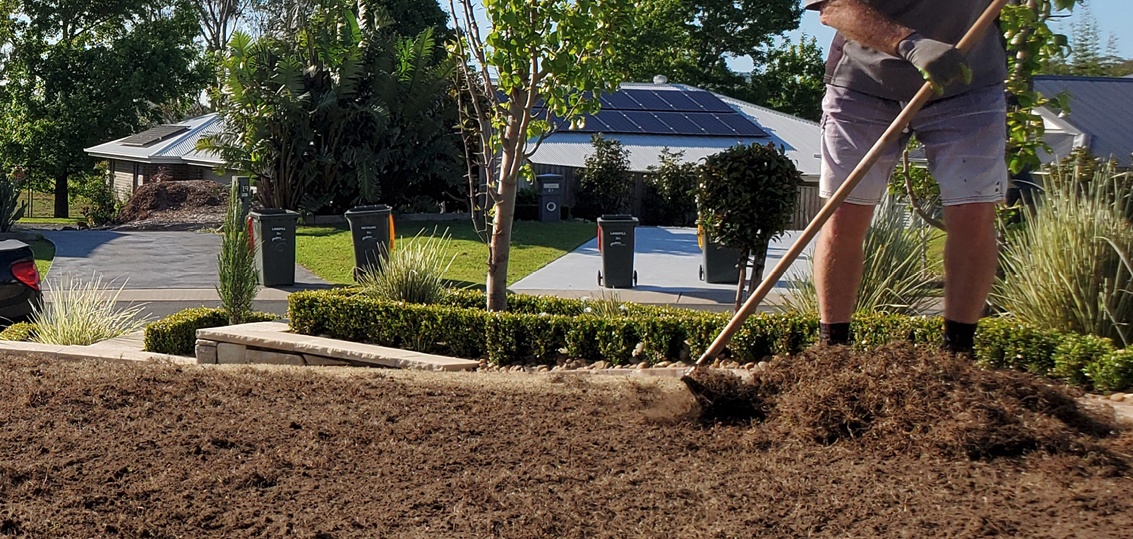
2 February 2024
Our expert advice will arm you with all the tips and necessary tools to get your soil prepared for laying your new turf.
Step 1: Identifying your soil type
Soil texture! Getting your soil right is one of the most important steps to preparing your soil for new turf. Let’s talk about what you’ve got and what you should have!
Clay Soils
Clay soils get really sticky when wet, and when they are packed together, it makes for a very heavy soil. A great way to tell if you have clay soil is if you can mould a sample into a ribbon and it stays together!
Clay soils hold too much moisture and don’t release it, which is bad for your grass! Because clay is a heavy soil, when it’s compacted, it doesn’t allow your grass to push its roots through and doesn’t allow air flow.
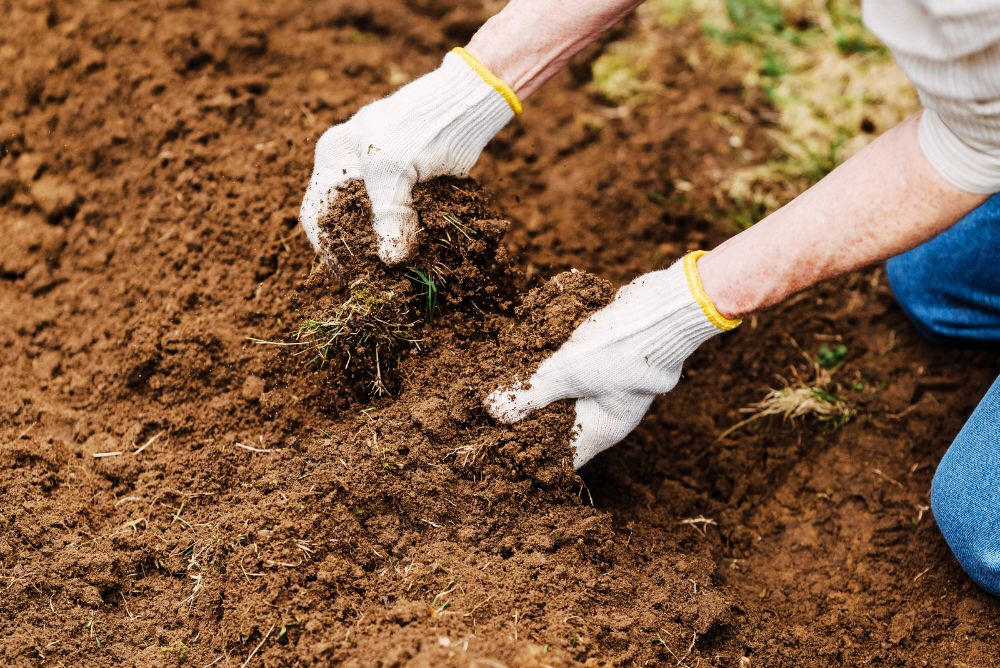
Silt Soils
Silt soils feels like flour through your fingers when dry and slippery when wet, not grainy or rocky. The ancient Egyptians farmed on silted land because it was fertile; the downside is that it was picked up by the next flood and carried away. When dry, silt is easily blown away.
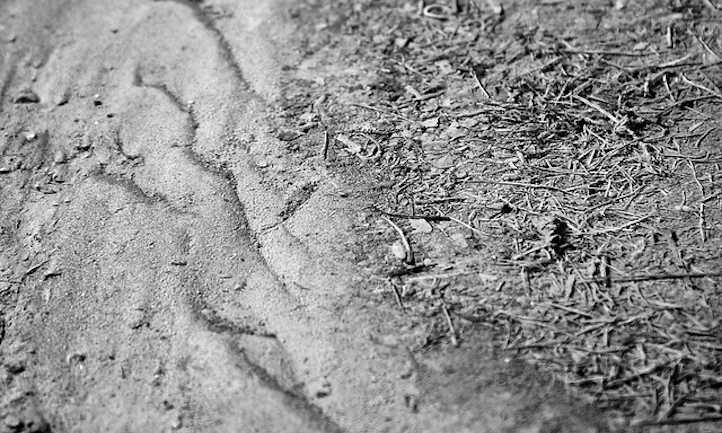
Sand
You all know sand when you see it! Either at the beach or in a sand pit!
Water drains quickly from sandy soils, which is good in some ways as you are unlikely to have any drainage issues. However, as the water drains, it takes essential nutrients with it. Sandy soils also dry out quickly due to their open, free-draining structure and can become hydrophobic (water repellent).
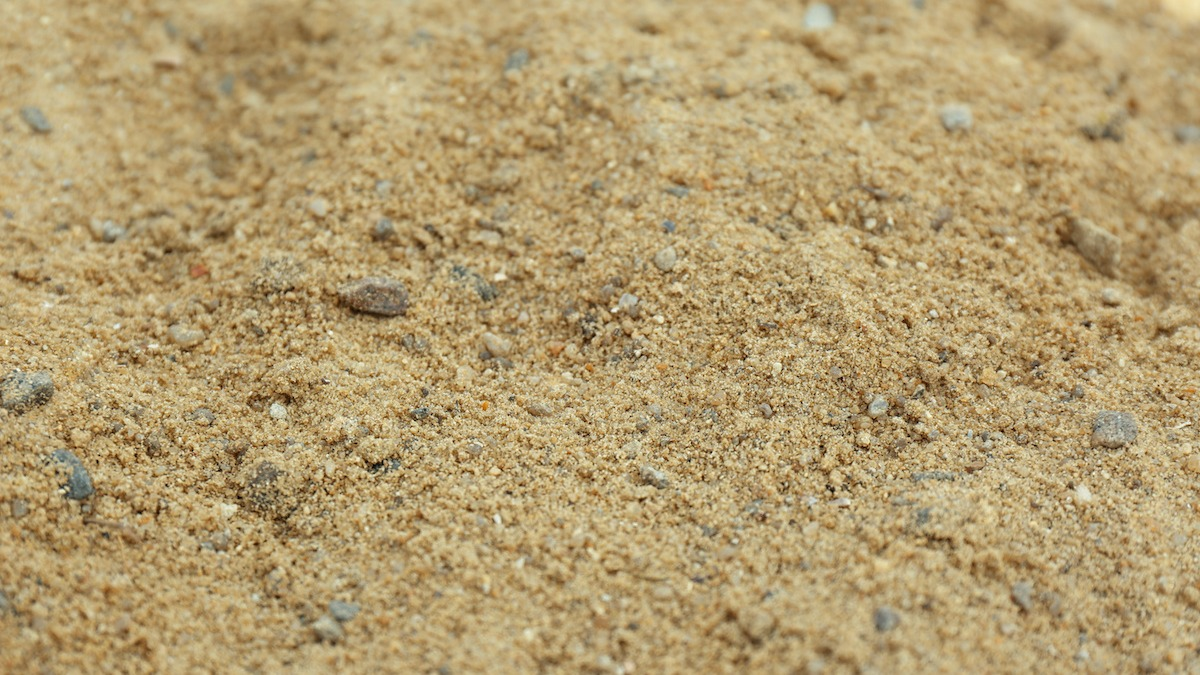
Loam Soils
Loam soils generally contain more nutrients, moisture, and humus than sandy soils, have better drainage and infiltration of water and air than silt and clay-rich soils, and are easier to till than clay soils.
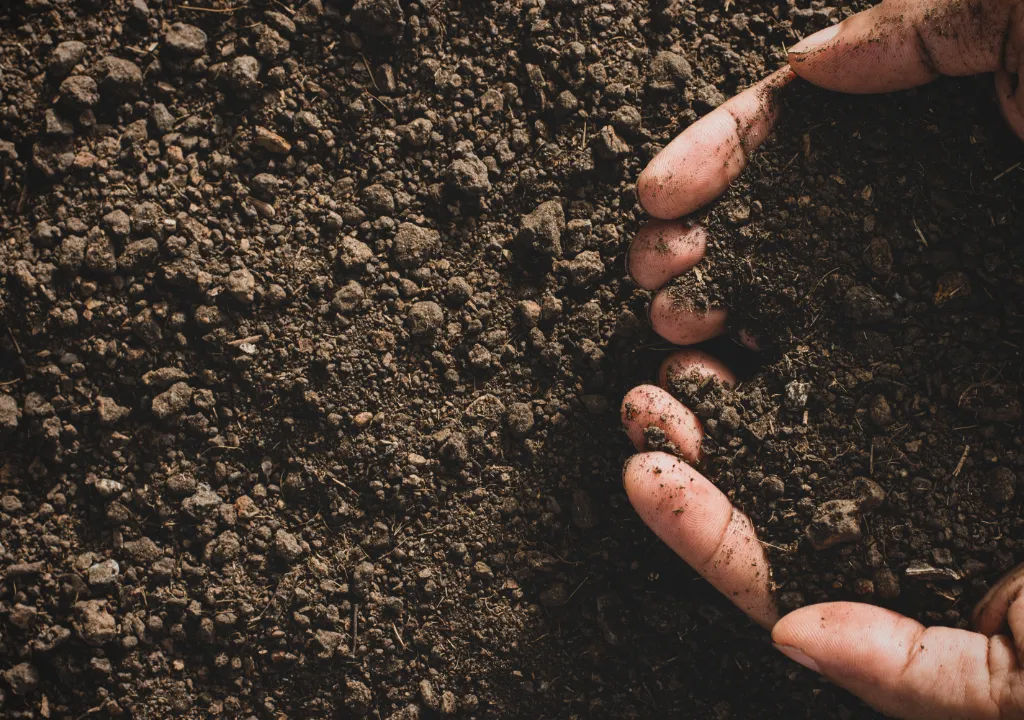
Top Tip:
If you have a clay base, we’d recommend applying Gypsum to help decompact the heavy clay soil and add a sandy soil under-turf.
If you already have a sandy base, mixing in some organic matter will help boost your base’s nutrients.
Step 2: pH Tests
Perform a pH test on your soil using a pH testing kit. This will help guide you with what treatments your soil may require before installing your new turf. We’d like to see your pH level between 5.5 and 7.
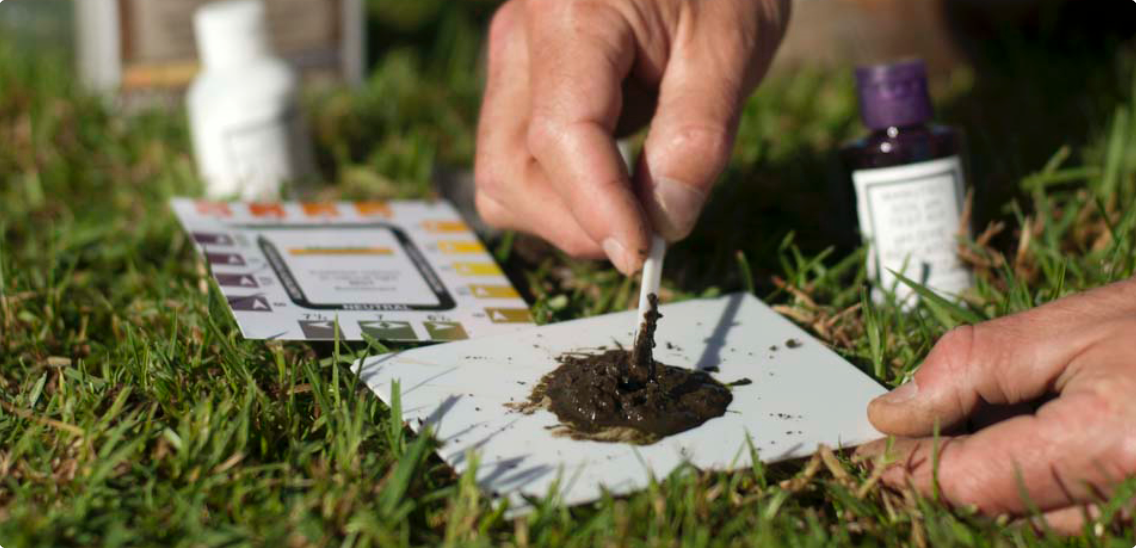
Step 3: The Proper Soil Preparation
Spray out any existing vegetation or weeds with glyphosate. Please ensure to follow the labelled rates to allow for a total kill. Allow a minimum of two days for the chemical to work on the plant. A second application may be required.
Remove any existing grass and weeds, or cultivate/rotary hoe this into the existing soil base.
Add in a turf underlay product to make sure you have the best base for your new lawn. Always be sure to double-check your pH levels to ensure they are still within the appropriate range of 5.5 to 7.
Eliminate any drainage problems by having the soil slope away from foundations, footpaths, garden beds etc.
Rake and smooth the soil, removing any rocks, roots, or large clods.
Roll the area with a lawn roller. This will help firm the soil and reveal low areas that need more turf underlay soil.
Keep the grade 20–25mm below footpaths and driveways for the turf to sit on.
Screen off the soil to provide a smooth surface, roll, then screen again. Your soil needs to be compacted enough so that when you walk on it, you only leave a small footprint.
Top Tip:
For best results, cultivate, till, or spade the area to a depth of approximately 150mm. This would be an ideal time to add in organic matter or soil amendments that may have been required from your earlier pH test.
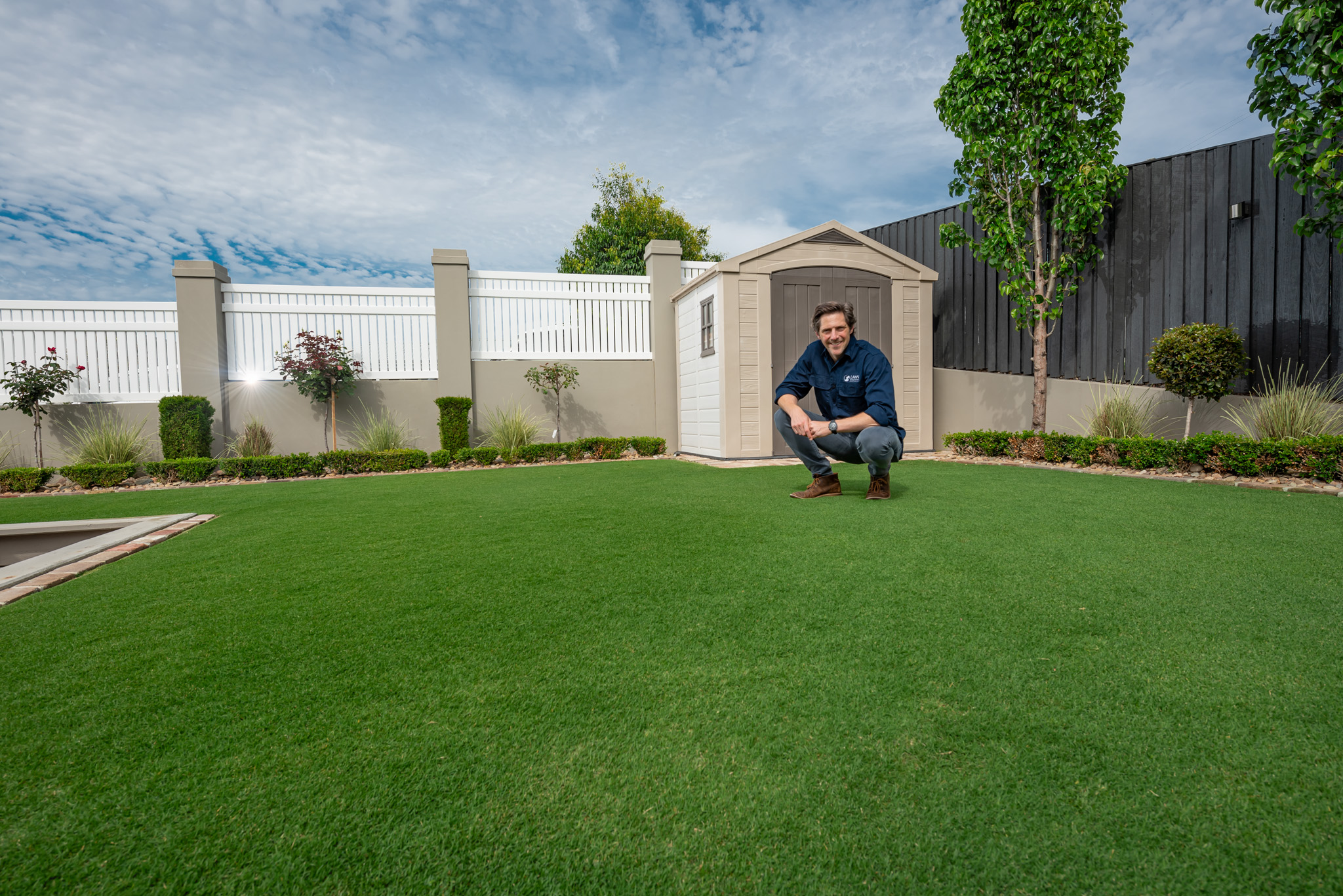
FAQs:
What should you put down before laying turf?
Once your soil is prepared and ready for your new turf, you can spread a starter fertiliser, such as Lawn Launcher. This is a mixed starter, which includes water crystals and fertiliser.
Can you just lay turf on top of the soil?
Yes, if your soil quality is at a good pH and doesn’t require any amendments or underturf soil to relevel, you can lay it on your existing ground.
How do you flatten the soil before laying turf?
Rake, roll, and screen! Read above to find out more!
How do you enrich poor lawn soil?
Test your ground pH; this will help you understand what your soil requires to make sure you have the best growing environment for your new lawn! You may require Gypsum, Dolomite etc.
Can I lay turf on top of an existing lawn?
For a great result, it is best to remove any existing turf or weeds prior to installing your new lawn. You can either complete a total kill on the area using Glyphosate, followed by a rotary hoe in the existing lawn or weeds; otherwise, you can remove it with machinery.
WOULD YOU LIKE MORE INFORMATION?
Contact us for expert advice, or come & say hi at our office in Tamborine!


